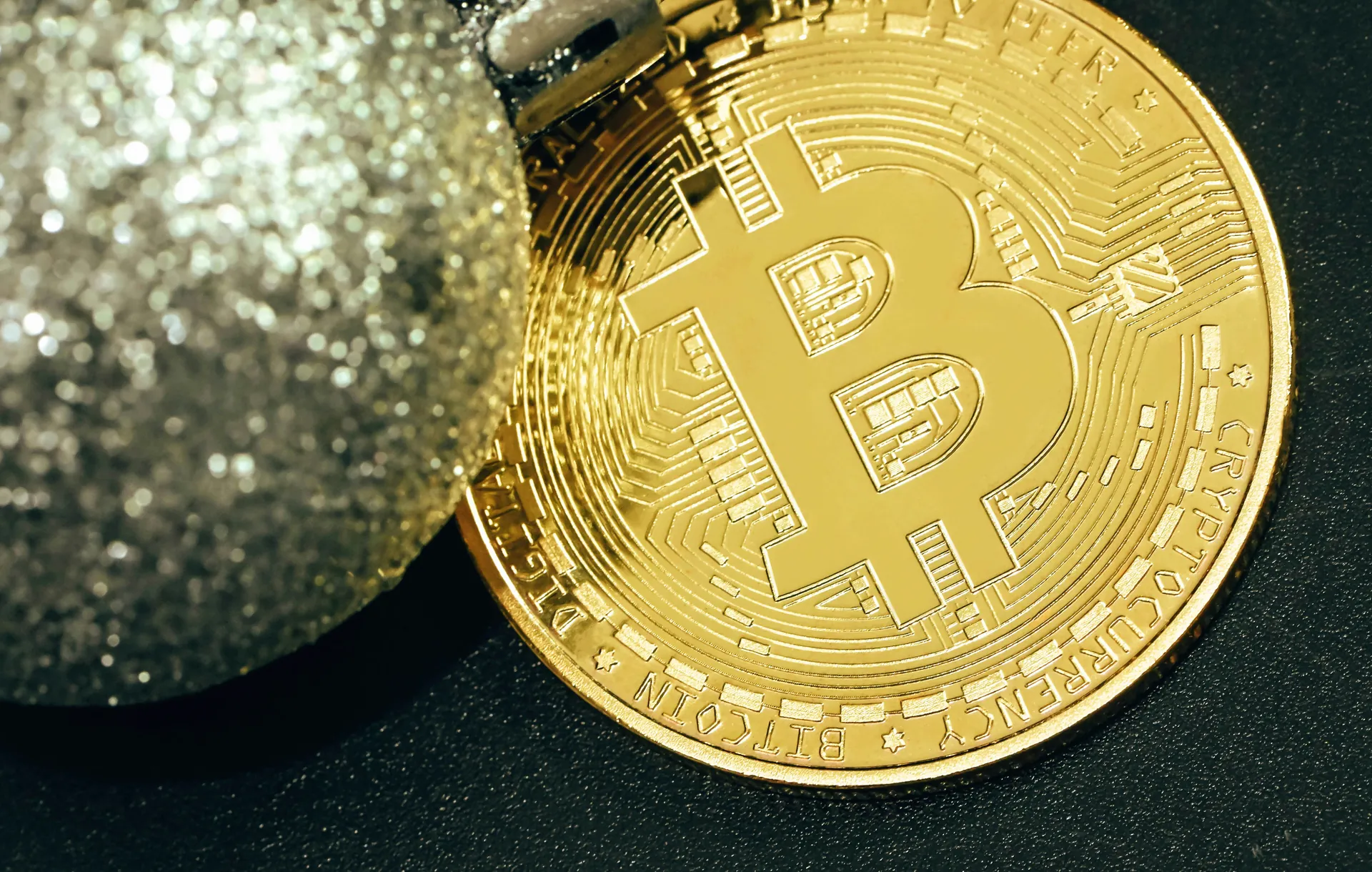When it comes to choosing a reliable store of value, two assets have consistently led the discussion: Bitcoin and gold. For centuries, gold has been regarded as the traditional safe haven, valued for its stability and intrinsic worth. However, with the advent of digital currencies, Bitcoin has emerged as a strong alternative, often dubbed “digital gold.” As an investor, you may be wondering which of these assets is the better store of value.
This question is especially relevant in today’s financial landscape, characterized by market volatility and economic uncertainties. In this article, we will delve into the features, historical significance, and market dynamics of both Bitcoin and gold to help you make a well-informed decision about your investment strategy.
Historical Context and Longevity

Gold: The Traditional Standard
Gold’s enduring presence as a store of value is deeply rooted in its rich and extensive history. Dating back to around 3000 BCE, gold has been a universal symbol of wealth, power, and stability across numerous civilizations.
Ancient cultures such as the Mesopotamians, Egyptians, Greeks, and Romans utilized gold for decorative, symbolic, and monetary purposes. Notably, the Lydians are credited with minting the first gold coin around 600 BCE, establishing gold as a foundational standard for monetary systems.
This historical significance highlights gold’s remarkable ability to preserve purchasing power over generations.
For example, the notion that a high-quality men’s suit has consistently cost about one ounce of gold underscores its long-term stability. Gold’s influence on monetary policy has been profound, from the U.S. Gold Standard Act of 1900 to the Bretton Woods system, where global currencies were pegged to the U.S. dollar, which was convertible to gold at a fixed rate.
Even today, gold remains a trusted asset held by central banks and individual investors, continuing its legacy as a reliable store of value and a hedge against inflation and economic uncertainties.
Bitcoin: The Digital Challenger
In contrast to gold’s millennia-long history, Bitcoin is a relatively new entrant in the financial world, having been introduced in 2009. Despite its short existence, Bitcoin has rapidly gained attention as a potential digital store of value.
With a capped total supply of 21 million, Bitcoin’s designed scarcity aims to drive its value over time, akin to gold’s natural scarcity. Its blockchain technology and decentralized nature have appealed to a new generation of investors who view it as a modern alternative to traditional assets.
Bitcoin has experienced significant price volatility and faced regulatory and security challenges. However, it has demonstrated resilience and growth, achieving substantial market capitalization and increasing global adoption, particularly in regions grappling with economic instability.
Periodic halvings in Bitcoin’s block rewards, which reduce the influx of new Bitcoins into circulation, have historically contributed to price increases, further enhancing its potential as a store of value. As Bitcoin continues to evolve with ongoing efforts to address scalability and security concerns, its ability to rival gold in terms of longevity and stability remains uncertain.
Performance and Market Dynamics

Volatility and Price Fluctuations
One of the most striking differences between Bitcoin and gold is their volatility. Bitcoin is known for its dramatic and frequent price fluctuations.
Several factors contribute to Bitcoin’s volatility, including supply and demand mechanics, market sentiment, liquidity, regulatory developments, and macroeconomic events. For instance, Bitcoin’s fixed supply of 21 million coins creates a scarcity effect that significantly influences price movements.
When demand surges—often driven by institutional adoption, positive media coverage, or economic uncertainty—Bitcoin’s price can skyrocket.
On the other hand, reduced demand or profit-taking by investors can lead to sharp declines. Market sentiment plays a significant role in Bitcoin’s price volatility.
Positive news, such as major companies adopting Bitcoin or regulatory approvals for crypto investment products, can drive bullish momentum. Conversely, negative events like exchange hacks or regulatory crackdowns can trigger sharp price drops. Additionally, Bitcoin markets have relatively lower liquidity compared to traditional financial markets, meaning large trades can significantly impact prices and exacerbate volatility.
The use of leverage and derivatives trading further amplifies Bitcoin’s price swings. Liquidations of highly leveraged positions can cause rapid price declines or spikes, often triggering cascading effects across the market.
This volatility presents opportunities for substantial gains but also introduces significant risks, requiring careful consideration and informed risk management.
Stability and Consistency of Gold
In stark contrast to Bitcoin’s volatility, gold is renowned for its stability and consistency. Gold’s price movements are generally more subdued and predictable, making it a reliable store of value over long periods.
This stability is evident in gold’s performance during economic crises and its ability to maintain purchasing power across different economic sectors.
For example, analyzing the ratio of the Dow Jones Industrial Average to gold reveals that, despite significant increases in the stock index, the number of ounces of gold required to buy a unit of the stock market remains relatively consistent. This consistency underscores gold’s capacity to preserve its value amidst the volatility of equity markets.
Gold’s implied volatility, as measured by the CME Group Volatility Index, is typically lower than that of other major asset classes. While gold’s price can be influenced by significant market events such as economic downturns or geopolitical conflicts, these impacts are often short-lived and followed by rapid price adjustments.
The current low-volatility environment in gold markets indicates confidence in the metal’s valuation, further supporting its potential for sustained growth. In summary, while Bitcoin’s volatility presents both opportunities and risks, gold’s stability makes it a more predictable and reliable asset for long-term investment strategies.
This difference in volatility and stability is a critical factor for investors to consider when deciding between these two assets as a store of value.
Risk vs. Reward: Assessing Both Assets
Assessing Gold’s Safety
Gold is often regarded as a safe-haven asset due to its relatively low-risk profile compared to other investment options. One of its primary advantages is its intrinsic value and scarcity, which help limit the risk of capital loss.
Unlike paper assets such as stocks or bonds, physical gold is free from counterparty risk. This means its value does not depend on the performance or solvency of a third party. However, gold is not entirely risk-free.
Market risk is a significant consideration, as the price of gold can fluctuate. While these fluctuations tend to stabilize over the medium term, short-term volatility can still impact investors.
Additionally, gold prices are influenced by economic factors, inflation, and political events, which can introduce uncertainty.
Another important factor to consider when investing in physical gold is storage and insurance costs. These ongoing expenses can reduce the returns on your investment, particularly for smaller quantities. Despite these costs, many investors value the security and stability gold offers, finding it worth the additional expenses.
Bitcoin’s High Reward Potential
Bitcoin, on the other hand, is known for its high reward potential, but this comes with significant risks. The cryptocurrency’s extreme volatility means prices can skyrocket or plummet rapidly, driven by factors such as speculation, regulatory news, and macroeconomic events. This volatility presents opportunities for substantial gains but also risks of significant losses.
One of the key risks associated with Bitcoin is regulatory uncertainty. Governments are still determining how to regulate cryptocurrencies, and sudden policy changes can have drastic market impacts.
Security risks are another major concern, as crypto wallets and exchanges are frequent targets for hackers. Despite these risks, Bitcoin has demonstrated remarkable growth potential.
Its limited supply and increasing adoption have driven its price upward, making it one of the best-performing asset classes over the past decade. Bitcoin’s ability to act as a hedge against inflation and its potential for diversification benefits further enhance its appeal to investors seeking high returns.
To navigate Bitcoin’s risks, investors often use strategies such as diversifying their crypto portfolio, employing dollar-cost averaging, and taking profits at predefined targets.
These strategies help balance the thrill of potential rewards with effective risk management, making Bitcoin a viable option for those willing to take on higher levels of risk in pursuit of substantial gains.
Conclusion
In the ongoing debate between Bitcoin and gold as the superior store of value, each asset brings its own unique advantages and challenges. Gold offers historical stability, universal acceptance, and physical durability, making it a reliable hedge against inflation and economic uncertainty.
On the other hand, Bitcoin stands out with its absolute scarcity, high portability, and divisibility, along with its potential to serve as a modern, digital safe haven.
When deciding between these assets, it’s important to evaluate your risk tolerance and investment objectives. Gold is ideal for those who prioritize stability and a proven track record, while Bitcoin attracts investors looking for high growth potential and a digital alternative for value storage.
By diversifying your portfolio with both assets, you can adopt a balanced strategy to manage risk and maximize returns. Ultimately, understanding the distinct characteristics of each will enable you to make a well-informed decision that aligns with your financial goals.


